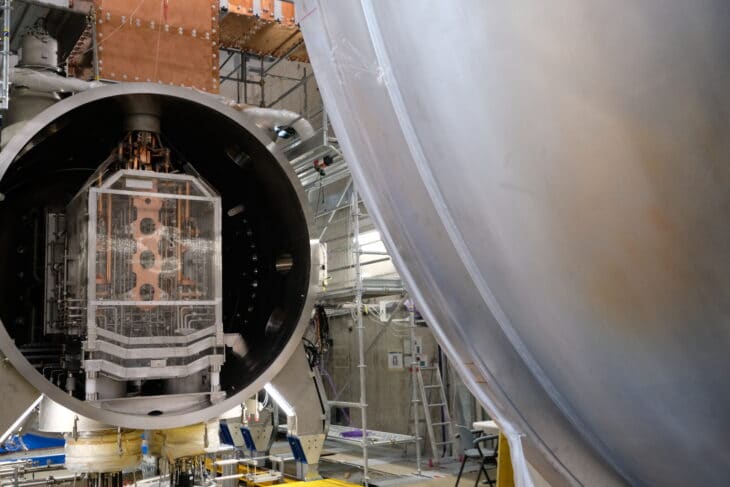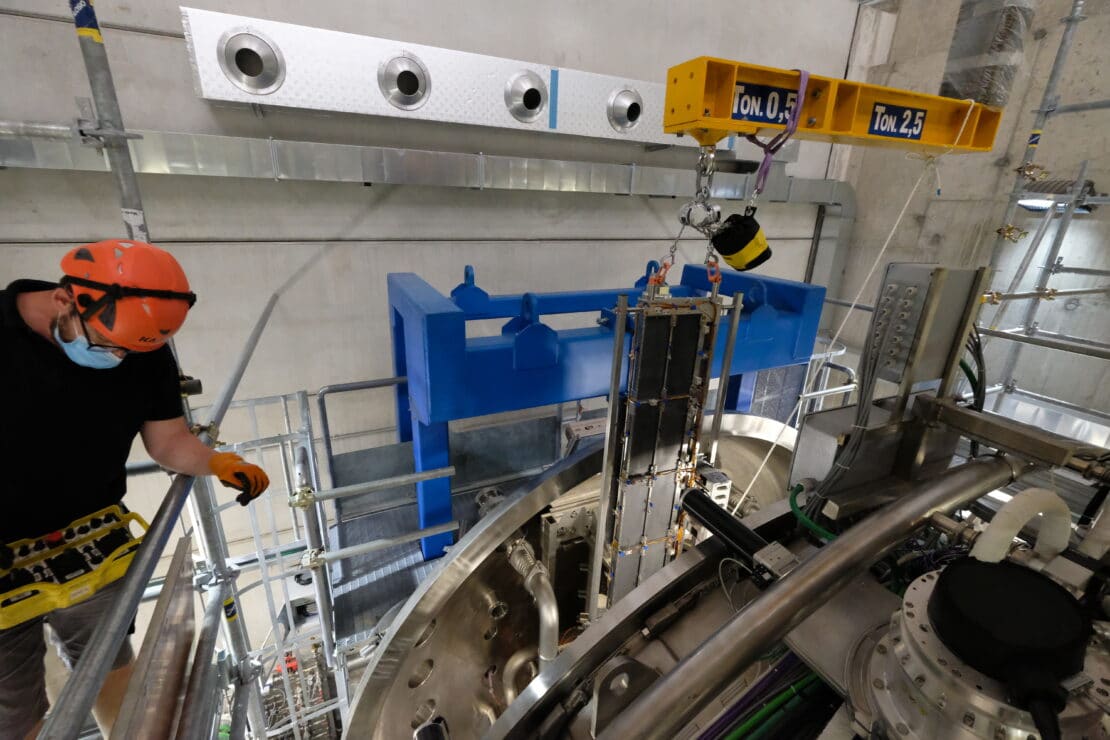
Two weeks to assemble the last of the three cesium ovens, which will allow the extraction of a greater amount of negative ions, to insert new diagnostics of the beam and to check all the systems already installed. Among the planned operations there is the installation of the second panel of the STRIKE diagnostic system that will allow to accurately understand the intensity, size and position of the beam. The Emittance scanner diagnostic will be inserted in its final position, a small box with two slots capable of providing the necessary data to define how the flows of particles move within the beam. This diagnostics will complete the “beam goodness” overview along with STRIKE diagnostics, Beam Emission Spectroscopy and Visible Imaging. After a period dedicated to testing the quality of the plasma produced using specific probes, these must be uninstalled to allow the connection of the grounding necessary for the acceleration of the beam to be restored. This moment dedicated to the latest installations and fine-tuning of the system follows an experimental campaign during which the correctness of the change in the magnetic field configuration of the plasma grid was verified, which allowed to avoid interference with the driver system where the plasma is formed. SPIDER is a prototype created to study and test the negative ion source of ITER’s main heating system, built with parameters never tested before. The experimental process for setting up the system passes through tests and results, which confirm or require modifications, to arrive at the required parameters.The next step for the experimental phase in SPIDER is to verify the possibility of working with frequent or long pulses in the plasma. These are conditions that must be tested in preparation for Cesium injection. In the next experimental campaign, following the installations, the last measurements without Cesium will also be carried out
